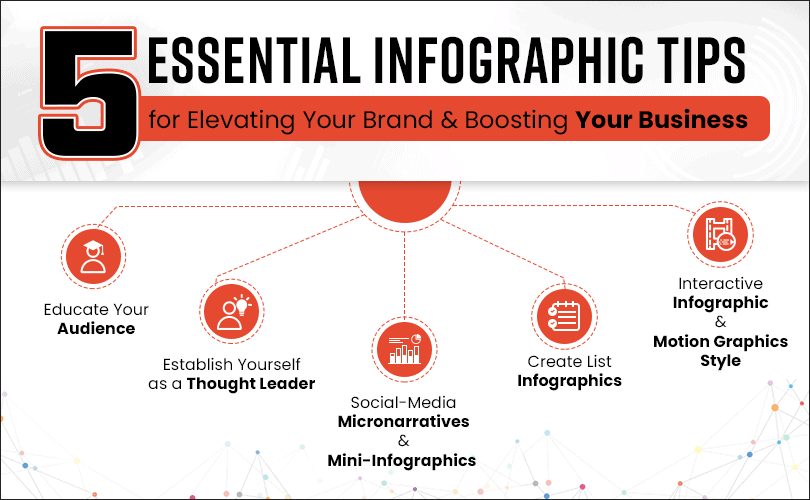Unlock the hidden secrets to skyrocket your beauty blog’s traffic and dominate the search engine rankings like never before!

Image courtesy of Pixabay via Pexels
Table of Contents
Welcome to our ultimate guide on boosting your beauty blog’s SEO! In today’s digital age, having a strong online presence is essential for any business, including those in the beauty industry. With the right techniques and strategies, you can increase your blog’s visibility, attract a larger audience, and ultimately drive more traffic to your website. In this comprehensive guide, we will explore the top tips and tricks to help you optimize your beauty blog’s SEO for maximum success. Let’s dive in!
Understanding the Basics of SEO
Before we delve into the specifics, let’s start with a quick recap of what SEO is all about. Search Engine Optimization, or SEO, is the practice of improving your website’s visibility and ranking on search engine results pages (SERPs). By implementing SEO techniques, you can increase organic (non-paid) traffic to your beauty blog, as well as enhance your blog’s overall user experience.
Google and other search engines use complex algorithms to determine how to rank websites based on various factors. These factors include keyword relevance, website speed, mobile-friendliness, user experience, and backlinks from other reputable websites. By optimizing your beauty blog with these factors in mind, you can improve your chances of ranking higher in search results and attracting more visitors.
Keyword Research: The Foundation of SEO
One of the most crucial aspects of SEO is keyword research. Keywords are the words or phrases that users type into search engines when looking for specific information. By understanding the keywords relevant to your beauty blog, you can optimize your content to match what users are searching for.
Start by brainstorming a list of keywords related to your beauty niche. For example, if your blog focuses on makeup tutorials, your keywords might include “natural makeup looks,” “smokey eye tutorial,” or “best foundation for oily skin.”
Once you have a list of potential keywords, use online tools such as Google Keyword Planner or SEMrush to research their search volumes and competition. Aim for keywords with a decent search volume but relatively lower competition to increase your chances of ranking.
With your refined list of keywords, incorporate them naturally into your blog posts, including in your title tags, headings, meta descriptions, headers, and throughout your content. However, avoid keyword stuffing – the excessive use of keywords – as this can harm your SEO efforts and make your content appear spammy.
Create High-Quality and Engaging Content
In order to attract both readers and search engines to your beauty blog, you need to provide high-quality and engaging content. Gone are the days when simply stuffing keywords into your posts would boost your SEO rankings. Today, search engines prioritize content that offers value and meets the needs of users.

Image courtesy of www.cibirix.com via Google Images
Focus on creating comprehensive and well-researched articles, tutorials, or product reviews that are not only informative but also engaging for your readers. Include relevant images, videos, or infographics to enhance the visual appeal of your blog posts.
Make sure your content is well-structured and easy to read. Use headings, subheadings, and bullet points to break up text and make it more scannable for readers (and search engines!). Additionally, ensure your content is error-free, with proper grammar and spelling, to maintain professionalism and credibility.
Optimize Your On-Page Elements
On-page optimization involves optimizing the elements on your beauty blog’s web pages to make them more search-engine-friendly. Here are some key elements to focus on:
Title Tags and Meta Descriptions
Your title tag is the main heading of your blog post that appears in search engine results. It should include your targeted keywords and be concise yet descriptive.
Meta descriptions, on the other hand, are short snippets that appear below the title tag in search results. Although meta descriptions do not directly impact SEO rankings, they play a vital role in convincing users to click on your link. Write compelling meta descriptions that include relevant keywords and entice users to visit your beauty blog.
Headers and Subheadings
Using headers and subheadings (H1, H2, H3, etc.) helps to structure your blog posts, making them easier to read for both readers and search engines. Include your targeted keywords naturally in these headings to provide further context to search engines.
URL Structure
Ensure your beauty blog’s URL structure is clean and concise. Include keywords in the URL slug and separate words using hyphens.
Image Optimization
Images play an essential role in enhancing the visual appeal of your beauty blog. However, they need to be optimized for SEO. Compress your images to reduce file size and use descriptive alt texts that include relevant keywords to help search engines understand their context.
Build High-Quality Backlinks
Backlinks, or incoming links from other websites, are an essential factor in SEO. When reputable websites link back to your beauty blog, search engines view it as a vote of confidence and credibility.
Image courtesy of blog.hubspot.com via Google Images
Focus on building high-quality backlinks from relevant and authoritative websites in the beauty industry. You can achieve this by guest posting on other beauty blogs, collaborating with influencers, or reaching out to industry professionals for partnerships or inclusion in relevant round-up posts.
Additionally, ensure that your beauty blog’s content is shareable by including social sharing buttons, encouraging readers to share your posts with their networks.
Monitor and Analyze Your SEO Progress
SEO is an ongoing process, and it’s essential to monitor and analyze your progress regularly. Utilize tools like Google Analytics and Google Search Console to gain insights into your blog’s performance and identify areas for improvement.
Track your organic search traffic, keyword rankings, bounce rates, and conversion rates over time. Analyzing this data will help you identify which SEO strategies are working and which need adjustment. Stay up to date with the latest SEO trends and algorithm changes to continuously refine your approach.
Conclusion
Optimizing your beauty blog’s SEO is essential for increasing visibility, attracting new readers, and ultimately growing your online presence. By understanding the basics of SEO, conducting thorough keyword research, creating high-quality content, optimizing on-page elements, building backlinks, and monitoring your progress, you can significantly boost your beauty blog’s SEO rankings and reach a wider audience.
Remember, SEO is not a one-time task but an ongoing effort. Keep up with industry trends, adapt your strategies, and consistently provide valuable content to ensure long-term success. With the tips and tricks shared in this guide, your beauty blog will be well on its way to dominating the search engine results and becoming a go-to resource in the beauty industry.